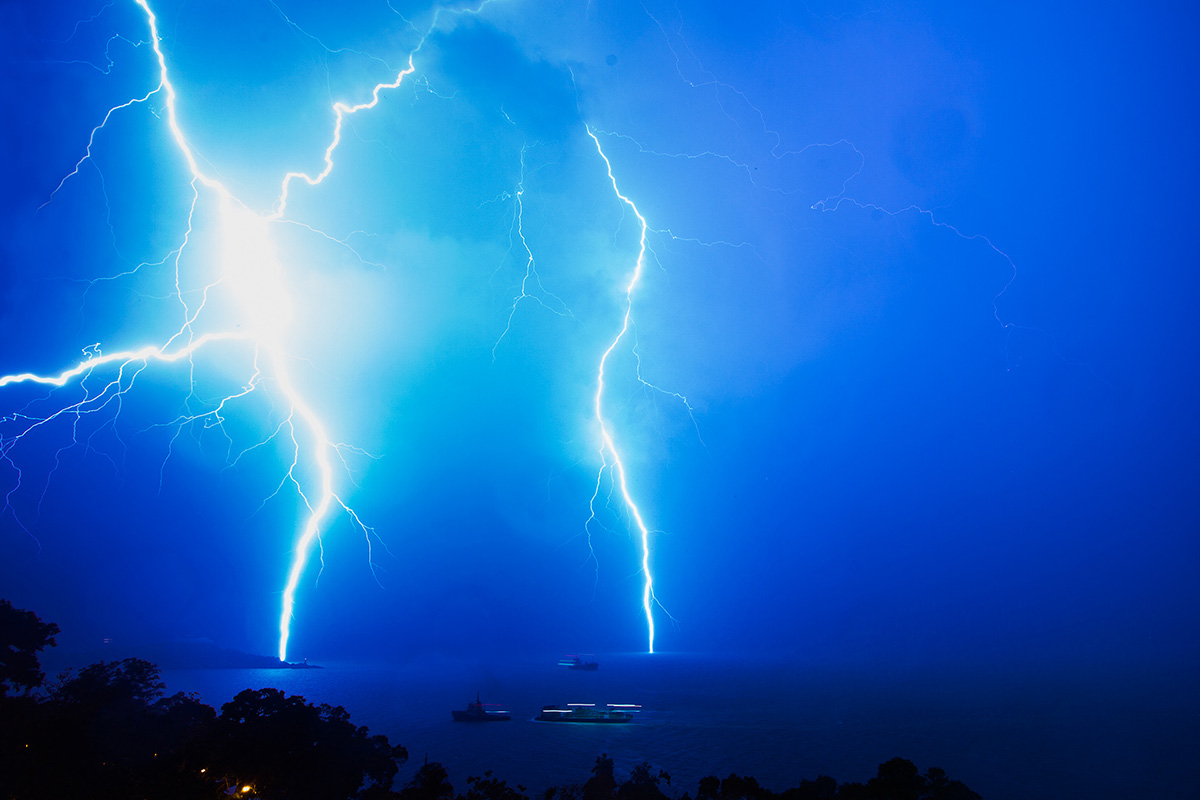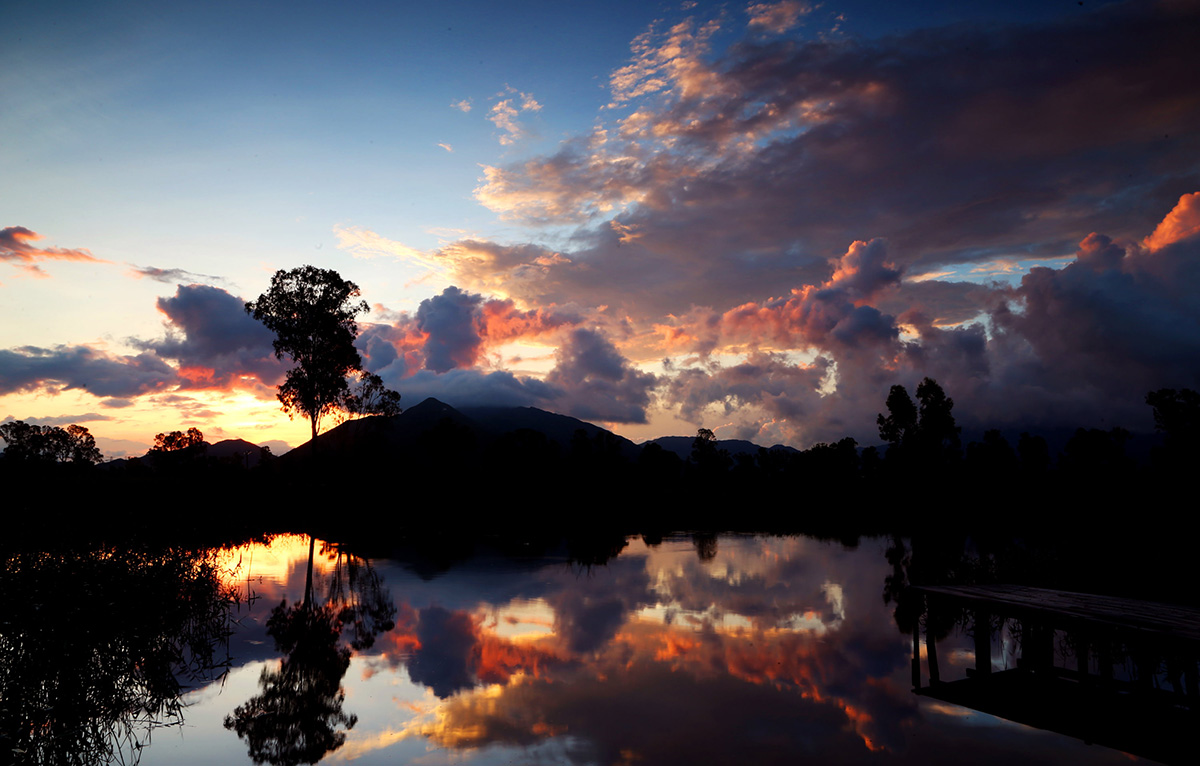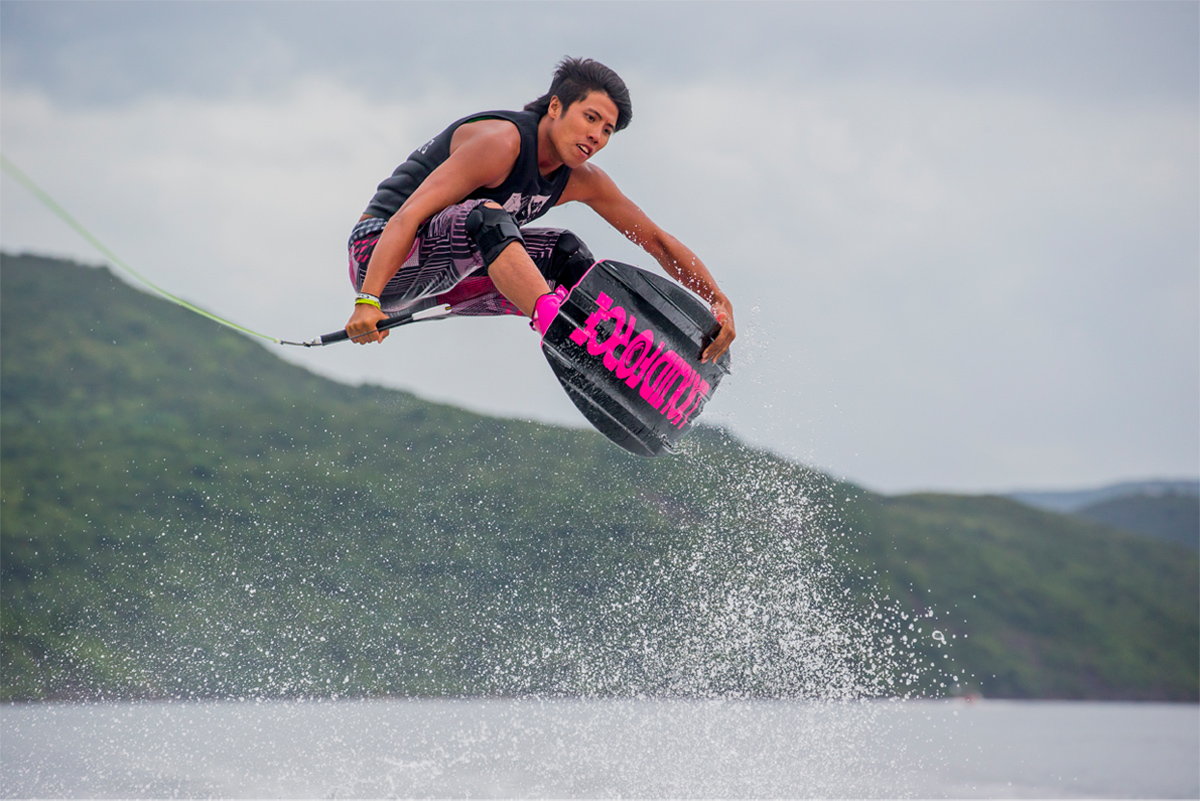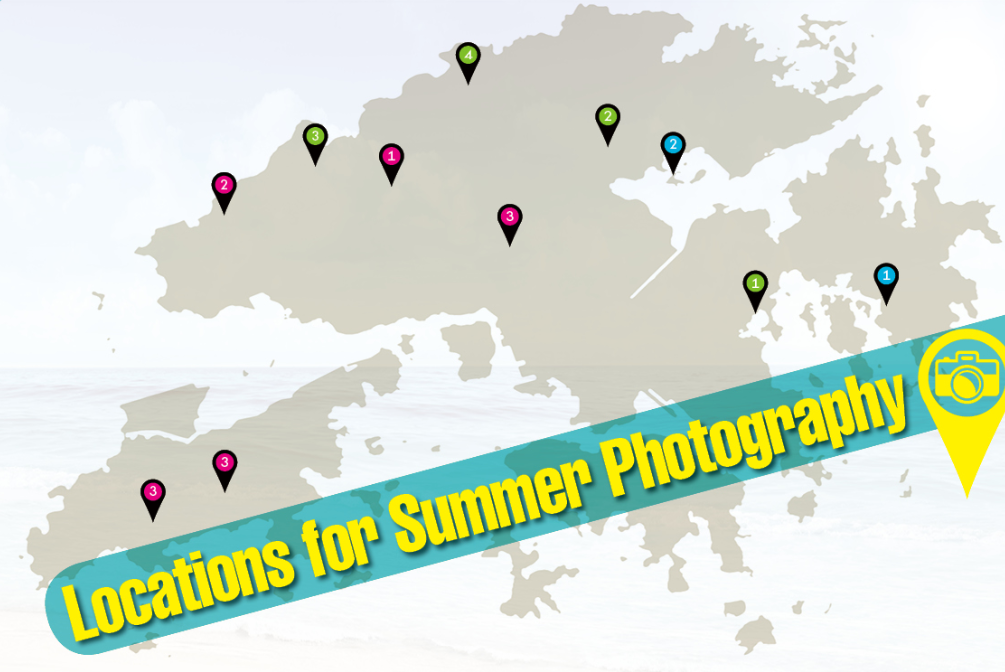Summer Photography
Blue sky and bright, sunny weather are the images that pop up in our mind when we think of summer. The season offers a great variety of sceneries and topics for photography, waiting for us to discover and capture with our digital cameras!

Photographer: HernyC Topic: 四代同堂
Tranquility
Summer is the season for lotus blossom photography. It is a popular photographic topic in Hong Kong, as Chinese people tend to use nature as a metaphor. Like peony for wealth, lotus is a metaphor for purity and is like a person of noble character and integrity, making it a favorable subject for photo enthusiasts. In ancient China, the beauty of lotus was widely depicted in ink wash painting. Today, with all the technology advancements in photography, it is easy to capture graceful images of lotus with cameras. In Hong Kong, there are many places for lotus photography. Chi Lin Nunnery in Diamond Hill, for example, is a tranquil place that offers a matching ambience with the lotus.
When photographing lotus, we should pay attention to the direction of light and exposure value. Take this photo as an example. A darker background is chosen to emphasize the colors of lotus. In terms of framing, we can include a few surrounding lotuses to enrich the composition. A f/4-f/5.6 aperture offers an appropriate depth of field to capture the whole subject in clarity, while blurring the foreground and background for more outstanding result. Besides, we can use the green leaves for metering and adjust the exposure compensation value where necessary. As for lens choices, a telephoto lens is preferred in normal circumstances. The EF 70-200mm f/2.8L IS USM with 2X Extender does a good job in separating the lotus from the busy background with a long focal length.
Camera: Canon EOS 6D
Lens: EF 70-200mm f/2.8L IS USM + EF 2X Extender
Focal Length: 330mm
Shutter Speed: 1/250s
Aperture: f/5.6
ISO: 100

Photographer: Law Verkinkin Topic: 天怒
The Storm
Summer brings along the bright sun as well as the raging storm. Situated in the subtropical area, Hong Kong has typhoon season in summer and the heavy rain makes a good opportunity for photographing the nature. To capture lightning, mount your camera on a tripod for stability to capture sharp and clear images using long exposures. A shutter cable can be used if necessary. For exposure setting, use a shutter speed of 8-30s and adjust the aperture and ISO based on the exposure result.
In this photo, a 8s shutter, f/7.1 aperture and ISO 50 were used. The key to photographing lightning lies on long exposure time to wait for its happening, as it would be too late if we press the shutter only after seeing it. There is also another benefit for long exposures. Similar to multiple exposures, multiple lightning can be captured on a single exposure when lightning is frequent. For composition, wide-open landscape with mountains, sea and boats is suggested. There is also a higher chance of lightning near the lightning conductor on the top of high-rise building. Wait in a safe place and shoot patiently, and remember safety always comes first. Avoid standing next to tall objects (e.g. lamp post or road sign) as there is a chance of falling objects because of the strong wind.
Camera: Canon EOS 5D Mark III
Lens: EF 16-35mm f/2.8L USM II
Focal Length: 16mm
Shutter Speed: 8s
Aperture: f/7.1
ISO: 50

Photographer: YIK CHIU Topic: 南生圍之晨
Reflection
The twilight hours of the dawn and dusk are also popular sceneries for summer photography. Different from normal landscape photos, more attention has to be paid to the exposure setting because of the stronger lighting contrast. This photo was taken during the sunrise hours. The reflection in the lake together with the clouds can help bring out the colors of the sky. As the sun is just rising up above the horizon and the scene is dimly lit, it is not advisable to use average metering as it will make the sky over-exposed, failing to capture the twilight colors when the dark landscape is taken into account. We should use manual exposure or aperture priority mode instead, coupled with exposure compensation (for lesser exposure) to retain the sky colors. Use also a smaller aperture value such as f/8 or f/11 and a tripod to minimize hand shaking, and achieve a sense of balance with the help of the camera’s built in electronic level to maintain a perfectly horizontal composition.
Camera: Canon EOS 6D
Lens: EF 24-105mm f/4L IS USM
Focal Length: 24mm
Shutter Speed: 1/3s
Aperture: f/22
ISO: 100

Motion
Water sports are common photographic topics in summer. The most important factors for a successful capture of motion in sports are good timing and camera setting. We can use AI Servo for easy focus tracking of the moving subject and high-speed continuous shooting for a higher chance of capturing the action.
Manual exposure is preferred, so a smaller aperture can be used to produce a deeper depth of field to include the subject clearly, while a faster shutter between 1/500s and 1/1500s can be used to freeze the action. To capture this kind of jump shots, for example, a fast shutter can freeze the delicate split-second action of the athlete as well as the water splashes for stronger visual impact.
When taking a pan shot, we should adjust to a slower shutter speed and pan the camera to follow the athlete’s movement. This will create highly dynamic shot with a sharp subject against a horizontally blurred background. Also choose an ISO speed to match with the aperture value and shutter speed which have been selected manually. In this photo, an ISO 800 was used.
Camera: Canon EOS-1D X
Lens: EF 70-300mm f/4.5-5.6L IS USM
Focal Length: 200mm
Shutter Speed: 1/2000s
Aperture: f/6.3
ISO: 800

Locations for Summer Photography

1. Nam Sang Wai
Crisscrossed by the Kam Tin River and Shan Pui River, Nam Sang Wai‘s rustic scenery with farms and fish ponds makes it a good location for photography.
2. Ha Pak Nai
Located in the west of Hong Kong with an unobstructed view, Ha Pak Nai is famous for sunset photography. The mudflats and wetlands in this place also add to the beautiful sunset scenery.
3. Lantau Peak / Tai Mo Shan / Sunset Peak
Hong Kong has only a few peaks. These places are popular spots to photograph sunrise and sea of clouds.

1. Lions Nature Education Centre, Sai Kung
The Centre offers a wide variety of photographic subjects for summer photos, including different species of flowers, trees, birds, insects and the beautiful dragonfly pond and lotus pond.
2. Fung Yuen, Tai Po
Fung Yuen is a butterfly reserve with high nature conservation value. Over 200 species of butterflies can be found here, equaling to approximately 80% of the total number of species, making it the best place to go for taking photos of butterflies.
3. Wetland Park, Tin Shui Wai
Located near Deep Bay, the Wetland Park offers a number of spots for watching and photographing birds. Lotus and water lily in the central pond are also one of the photographic attractions.
4. Mai Po Nature Reserve
It is the best place to photograph birds and other insects or animals inhabiting here. Access to the area is restricted. To arrange an access pass, please refer to WWF’s website.
(http://www.wwf.org.hk/whatwedo/conservation/wetlands/managemaipo/).

1. Chong Hing Water Sports Centre
2. Sam Mun Tsai, Tai Po
These locations are popular for wakeboarding, a fun activity to be enjoyed with friends. There are many organizations in Hong Kong offering wakeboarding service. To take photos of the sports, pay attention to the sea water splashes. Make sure you clean your camera and equipment thoroughly after shooting. Also wear a life jacket when you shoot.
Tips: Check the Weather Before You Go
Always have good preparation before you go for shooting. Check the weather condition at the Hong Kong Observatory’s Website. For lightning photography, relevant information can also be obtained at the Website, such as the lightning location information. While you are enjoying the fun of photography, please remember to put safety first and do not attempt anything dangerous.